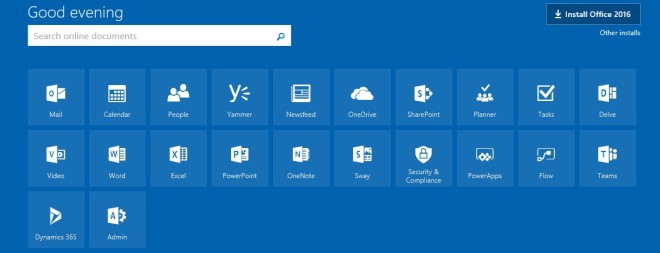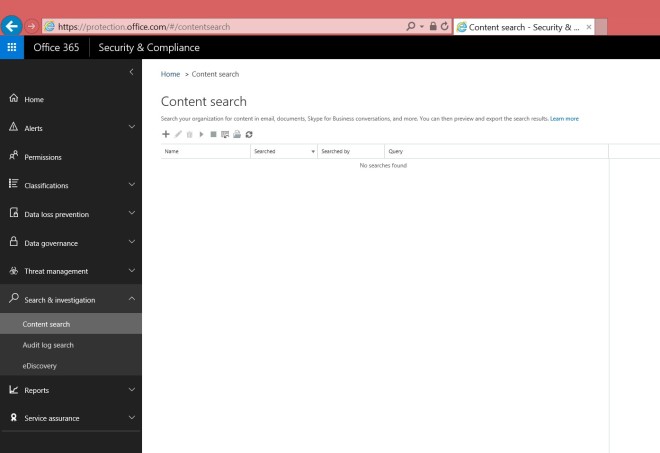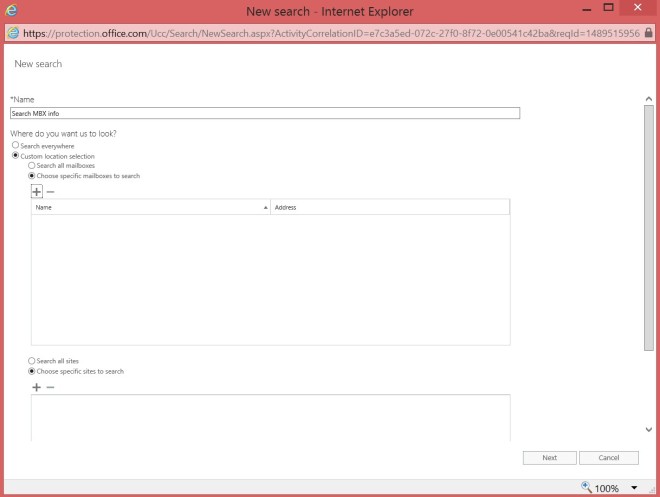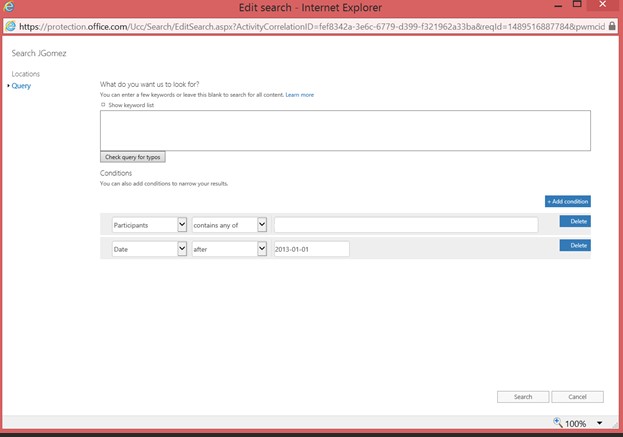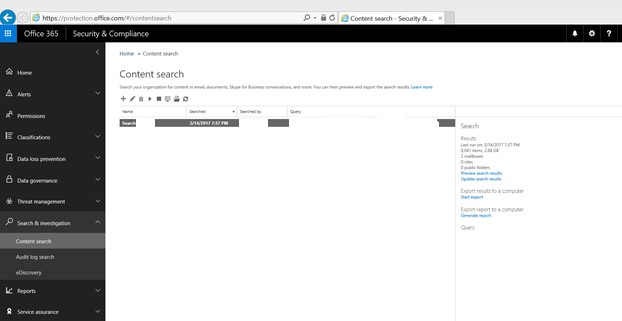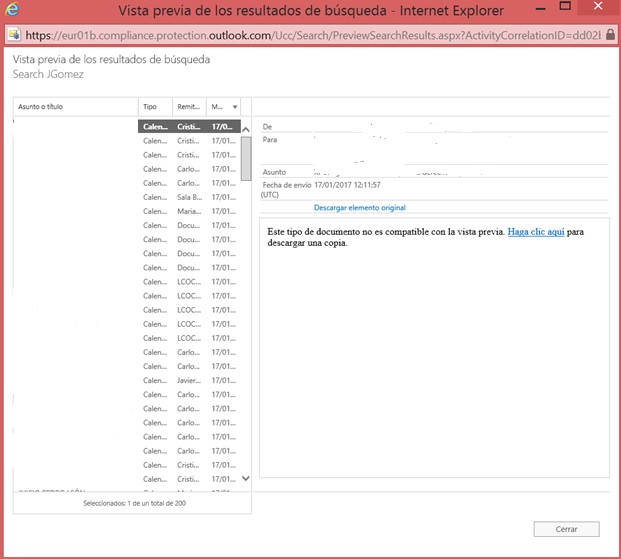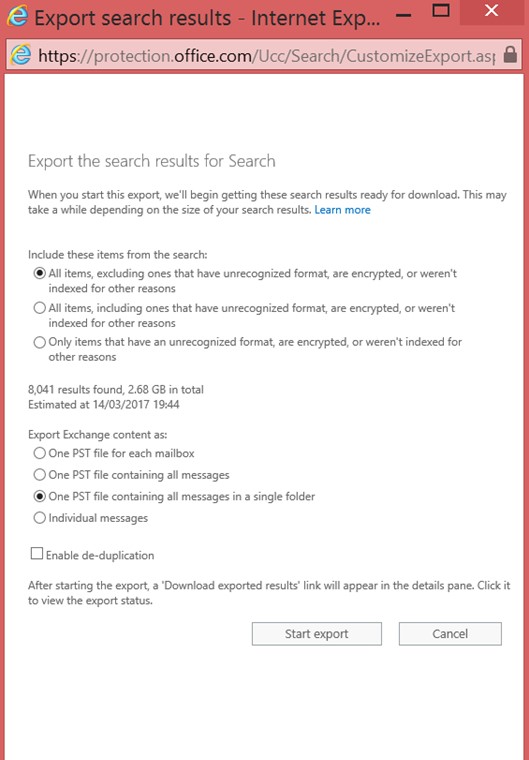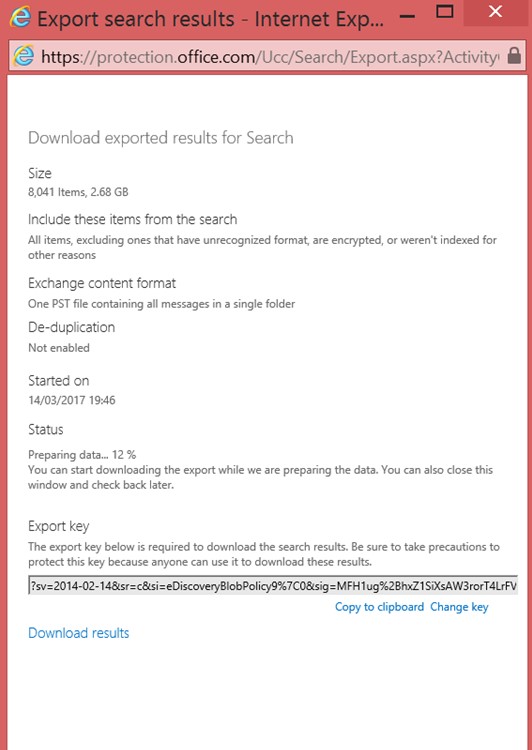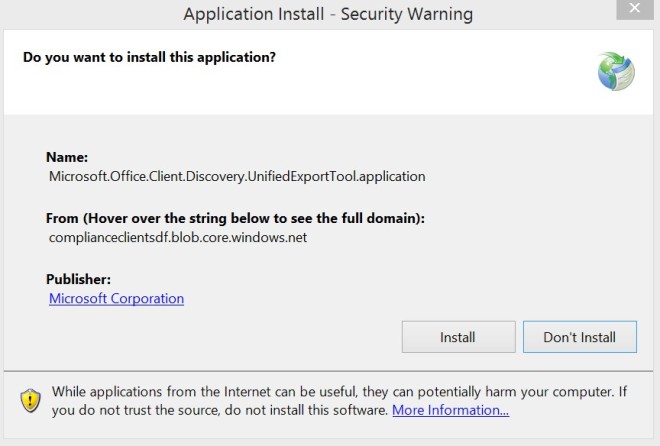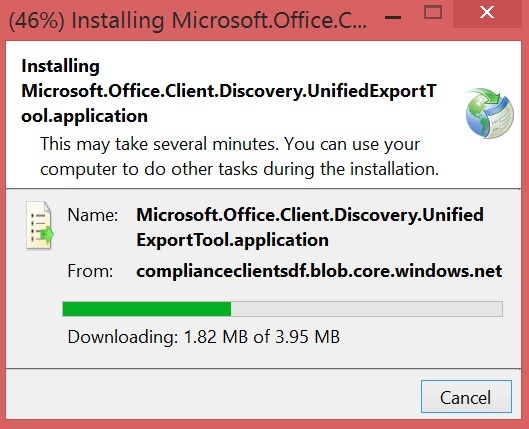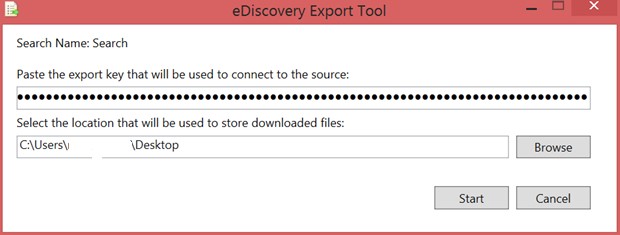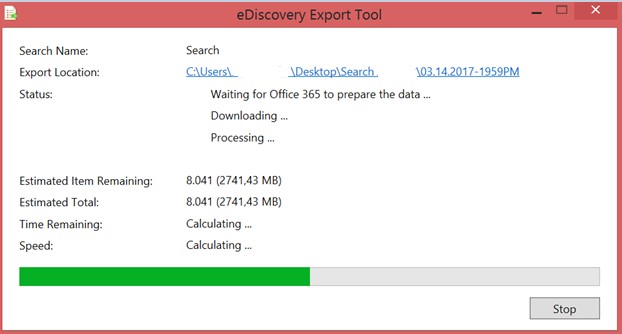Hi all,
Here are several useful reports for mailbox management:
With the following command we can obtain the size of each mailbox in the organization.
Get-mailbox | Get-Mailboxstatistics | select displayname,TotalItemSize
With the following command we can get the information exported to a csv file.
Get-mailbox | Get-Mailboxstatistics | select displayname,TotalItemSize | export-csv “c:\temp\mailboxsize.csv”
With the following command we can obtain the total of items in each mailbox.
Get-Mailbox | Get-MailboxStatistics | ft DisplayName,TotalItemSize,ItemCount
With the following command we can get the primary SMTP addresses and exported to csv.
Get-Mailbox -ResultSize Unlimited | Select-Object DisplayName,PrimarySmtpAddress | Export-CSV “c:\temp\PrimarySmtpAddress.csv”
With the following command we can obtain the statistics of the mailboxes in Mega Bytes and exported to csv.
Get-mailbox | Get-Mailboxstatistics | select displayname,TotalItemSize,ItemCount, @{expression={$_.totalitemsize.value.ToMB()};label=”Size(MB)”} | Export-CSV “c:\temp\Total_MB.csv”
With the following command we can obtain the statistics of the mailboxes in Mega Bytes and exported to Html
Get-mailbox | Get-Mailboxstatistics |Sort-Object TotalItemSize -Descending | convertto-html DisplayName, @{label=”TotalItemSize(MB)”;expression={$_.TotalItemSize.Value.ToMB()}} | set-content c:\temp\Total_MB.html
With the following command we can obtain the statistics of the mailboxes in Mega Bytes and in descending order.
Get-mailbox | Get-MailboxStatistics | where {$_.ObjectClass –eq “Mailbox”} | Sort-Object TotalItemSize –Descending | ft @{label=”User”;expression={$_.DisplayName}},@{label=”Total Size (MB)”;expression={$_.TotalItemSize.Value.ToMB()}},@{label=”Items”;expression={$_.ItemCount}},@{label=”Storage Limit”;expression={$_.StorageLimitStatus}} -auto
With the following command we can obtain the size and quota of mailboxes that are larger than their specified quota.
Get-Mailbox -ResultSize Unlimited | Get-MailboxStatistics | where {$_.StorageLimitStatus -notlike “BelowLimit*”} | Select DisplayName,StorageLimitStatus,@{name=”TotalItemSize (MB)”;expression={[math]::Round((($_.TotalItemSize.Value.ToString()).Split(“(“)[1].Split(” “)[0].Replace(“,”,””)/1MB),2)}},@{name=”TotalDeletedItemSize (MB)”;expression={[math]::Round((($_.TotalDeletedItemSize.Value.ToString()).Split(“(“)[1].Split(” “)[0].Replace(“,”,””)/1MB),2)}},ItemCount,DeletedItemCount | Sort “TotalItemSize (MB)” -Descending | Export-CSV “C:\temp\quotas_excedidas.csv” -NoTypeInformation
With the following command we can obtain which permissions are granted on the mailboxes of the organization.
Get-Mailbox | Get-MailboxPermission | where {$_.user.tostring() -ne «NT AUTHORITYSELF» -and $_.IsInherited -eq $false} | Select Identity,User,@{Name=’Access Rights’;Expression={[string]::join(‘, ‘, $_.AccessRights)}} | Export-Csv -NoTypeInformation c:\temp\mailboxpermissions.csv
Regards!











